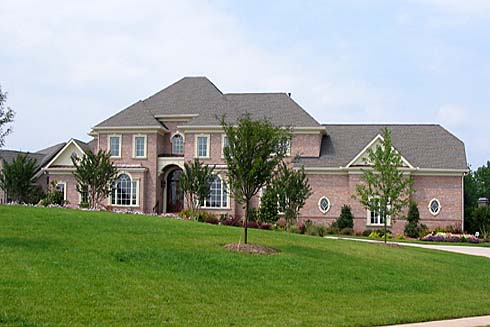RISK-FREE RATE
When evaluating real estate investments, the risk-free rate serves as a benchmark for assessing the potential return on investment and determining the appropriate level of risk premium required to compensate for the inherent risks associated with real estate ventures.
Role in Discounted Cash Flow Analysis
In real estate valuation, the risk-free rate is a critical component in discounted cash flow (DCF) analysis, where it is used to discount future cash flows to their present value. This aids in determining the fair value of real estate assets and assessing their investment attractiveness.
Influence on Financing Costs
The risk-free rate also influences borrowing costs and mortgage rates in the real estate market, thereby impacting the affordability of real estate investments and mortgage financing for both individual buyers and property developers.
Conclusion
The risk-free rate holds significant relevance in the realm of real estate investment and finance, serving as a fundamental parameter for assessing investment returns, determining financing costs, and conducting comprehensive valuation analyses. Understanding the relationship between the risk-free rate and real estate investments is essential for investors, developers, and industry professionals seeking to make informed decisions and effectively navigate the complexities of the real estate market.
MORE REAL ESTATE TERMS
A, B, C, D, E, F, G, H, I, J, K, L, M, N, O, P, Q, R, S, T, U, V, W, X, Y, Z
Featured New Home

Featured Mortgage Brokers
- CSTONE MORTGAGE INC, SAN DIEGO, CA
4545 MURPHY CANYON RD STE 213
SAN DIEGO, CA 92123 - AMERICAN BANK, ROCKVILLE, MD
9201 CORPORATE BLVD STE 130
ROCKVILLE, MD 20850 - PRIMARY RESIDENTIAL MORTGAGE INC, MIAMI, FL
7300 N KENDALL DR STE 340
MIAMI, FL 33156 - AMERICAN FINANCIAL NETWORK INC, MURRIETA, CA
24910 WASHINGTON AVE
MURRIETA, CA 92562 - MOVEMENT MORTGAGE LLC, FREDERICKSBURG, VA
4920 SOUTHPOINT DR
FREDERICKSBURG, VA 22407